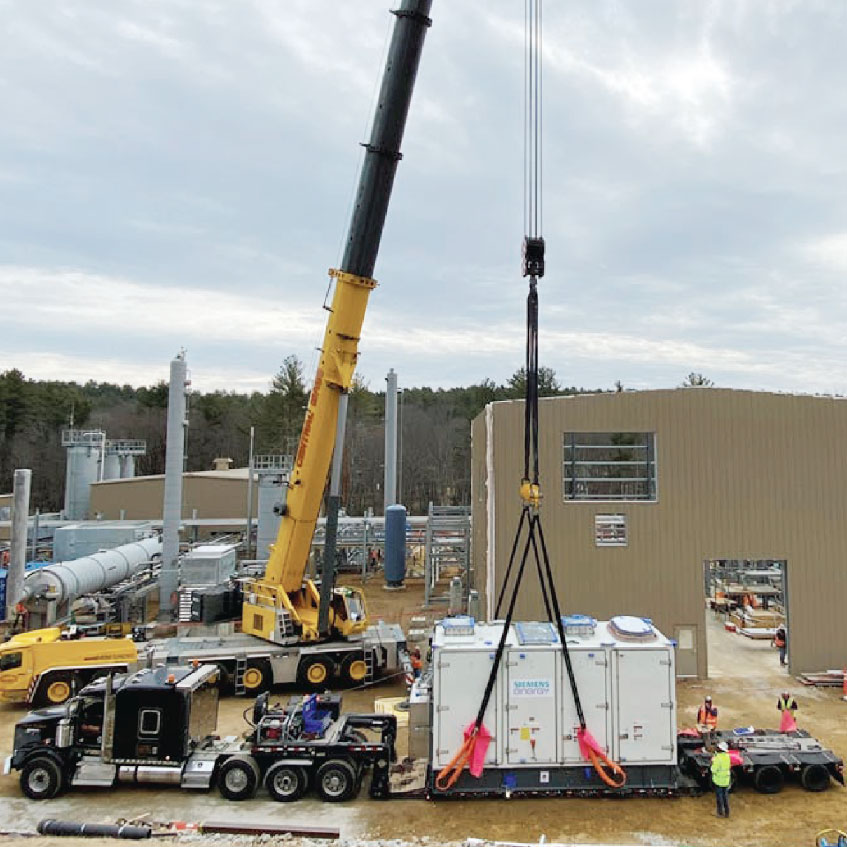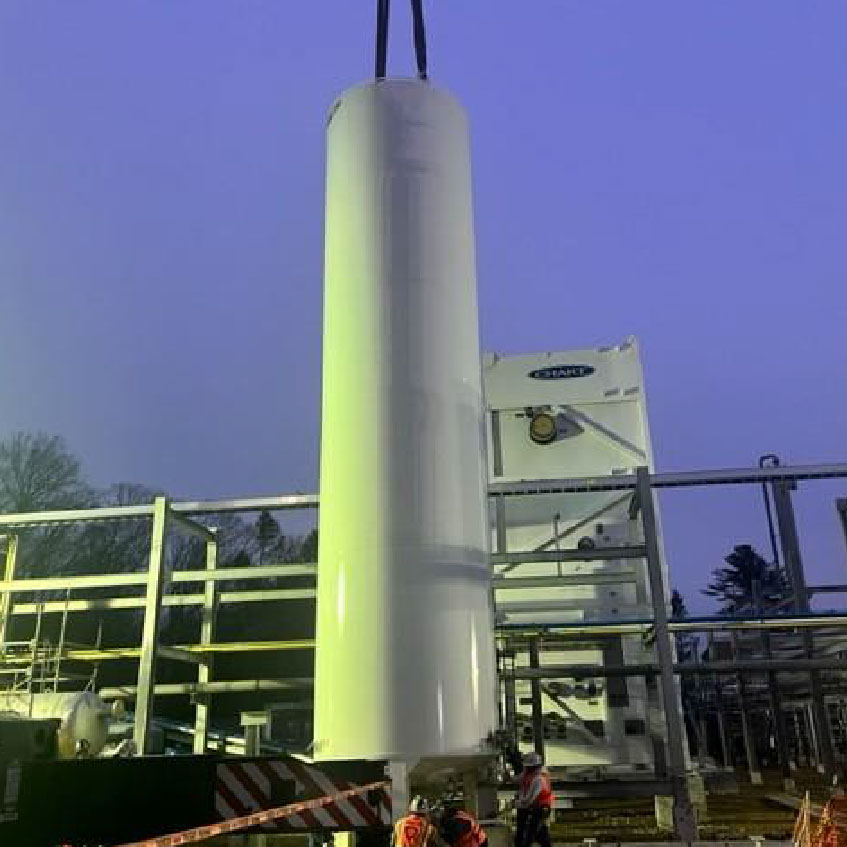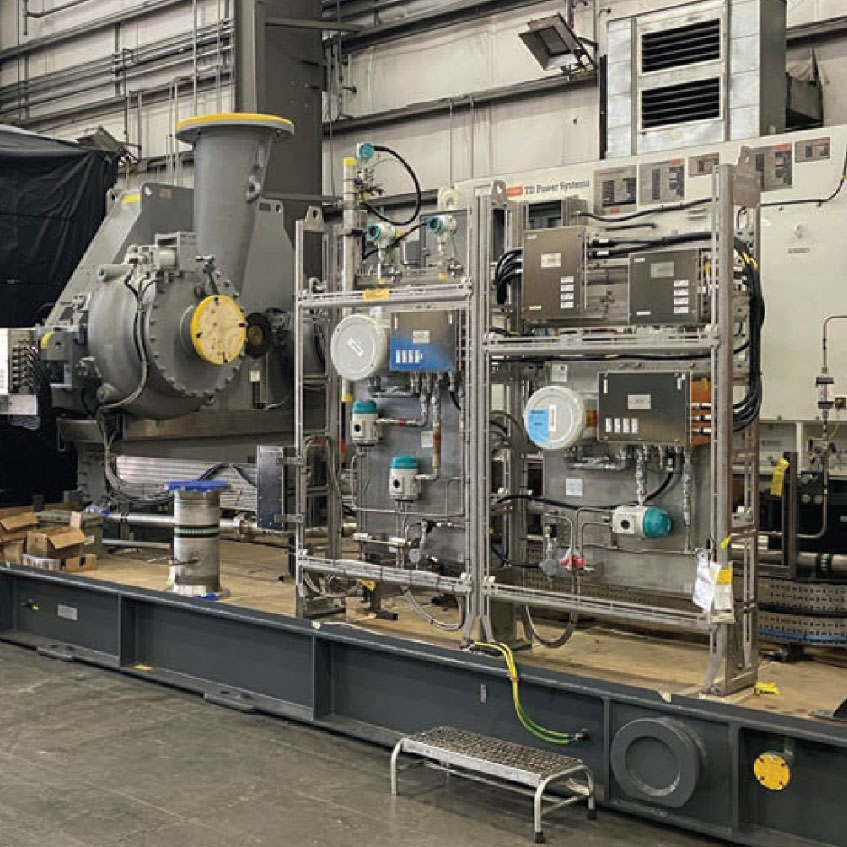Northeast Energy Center (NEC) LNG Project

 ODIN’s predecessor, Northstar Industries, conceptualized the Northeast Energy Center (NEC) idea. ODIN did the 30% engineering and was key support for the MA EFSB permit hearings that occured during Covid lockdowns. This NEC project is truly leading edge.
ODIN’s predecessor, Northstar Industries, conceptualized the Northeast Energy Center (NEC) idea. ODIN did the 30% engineering and was key support for the MA EFSB permit hearings that occured during Covid lockdowns. This NEC project is truly leading edge.
The NEC project features one of the few utility-scale natural gas liquefaction facilities nearing completion in the United States whose LNG is not intended for export – and, in fact, will be replacing imported LNG.
It will produce a baseload of 170,000 gallons per day of LNG for Boston Gas under firm contract plus up to another 80,000 GPD for sale to other utilities and industrial power generation customers. It also will be the first in the world to use a hybrid LNG refrigeration compressor train powered by a relatively small gas turbine combined with an electric motor/generator.
The NEC facility has the following major and ancillary components: a feed gas pretreatment system; a gas liquefaction system rated at 250,000 gallons per day; a 2-million gallon full-containment, field-erected LNG storage tank; an LNG truck-loading station with four bays (three with scales); a process control system as well as safety control, fire protection, hazard detection, and security systems; stormwater management infrastructure, and other ancillary systems. Several additional structures will also be constructed on the site, including a control room building, power distribution & control (PDC) building, a nitrogen compressor building, and an LNG truck-loading station shelter. A perimeter security fence will surround the site that will allow controlled, secure access to the facility.
At the heart of the LNG plant is a hybrid (gas-electric) integrally geared nitrogen refrigeration compression train supplied by Siemens Energy, first of its kind in the world, which will uniquely enable:
- Supplementing on-site gas turbine with grid or micro-grid power to meet both refrigeration compression and onsite electricity needs.
- Optimal selection of gas turbine size to minimize cost and environmental impact.
- Reduction in fuel consumption and associated emissions at site.
- Transforming plant into net power exporter to local grid during seasonal periods when full LNG capacity is not required or electric power is in high demand.
The combination will enable the hybrid system to meet power requirements and operate efficiently regardless of seasonal ambient air temperature changes. Adding an electric motor drive to the refrigeration train allowed NEC to “undersize” the gas turbine so it would operate year-round at or near its most efficient full-load design point.
View ODIN’s NEC project page to learn more.
Additional Sources: Northeast Energy Center (NEC), Seimens Energy



